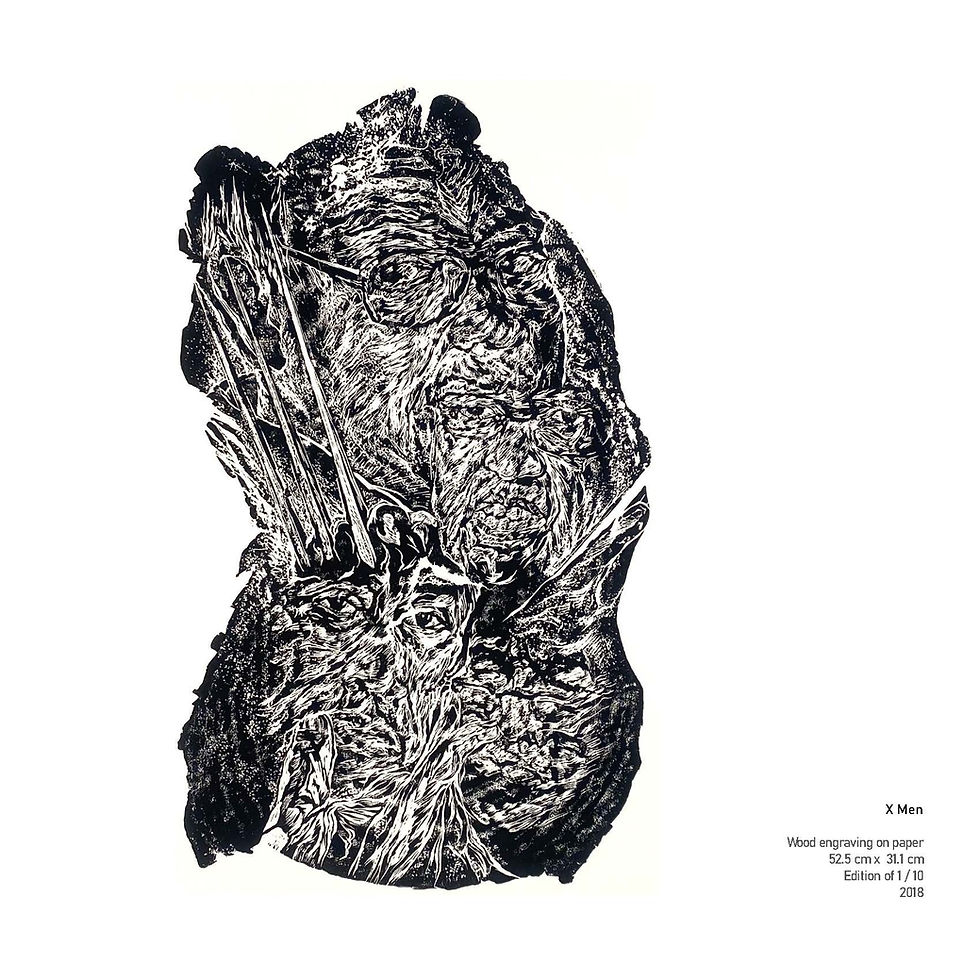The Art of Printmaking
- senicetak malaysia

- May 20, 2021
- 2 min read
By Loo Foh Sang
Printmaking is an art of indirectness and repetition. It involves the use of various tools and materials, in the three stages of “composing”, “plate-making” and “printing” to convey the artist’s expression. Each stage is equally important and requires a scientific way of thinking. Systematic and structured planning is the key for printmaking from the very first idea to the end product
The Frenchmen call it Gravure or Estampe, the Germans call it Druckplatte, the English refer to it as Print, and the Americans call it Graphic Art. But I think the Chinese term “版画” (ban hua) or “drawing of the plate”, best describes the essence of printmaking.

Loo Foh Sang, Parisian Sunset, Engraving, Etching & Aquatint
Printmaking can be classified into four categories: relief prints, intaglio prints, planographic prints, and screen prints. Relief prints include woodcut, wood engraving, linocut, collagraph, object print, and others. Intaglio prints mainly use metal plates made from materials such as copper, zinc and alloys, among others. Planographic prints or lithography create images via a chemical reaction on fine-grain metal or limestone. Today’s most widely-used printmaking technique, photo-screen printing, uses photo emulsion technique on stone, metal or silk under ultraviolet light exposure to make prints.
It should be stressed that multiple copies of prints on paper printed from a single plate may not be identical. This is due to the fact that printing is done manually; the pressure of the printing press, the colour intensity applied and the overlay accuracy will inevitably differ, resulting in slight variations to the impressions. As long as the body of prints produced portrays a similar feeling, they are considered as the same work.

Loo Foh Sang, Sailing in the Universe, Intaglio & Relief Monoprint




Comments